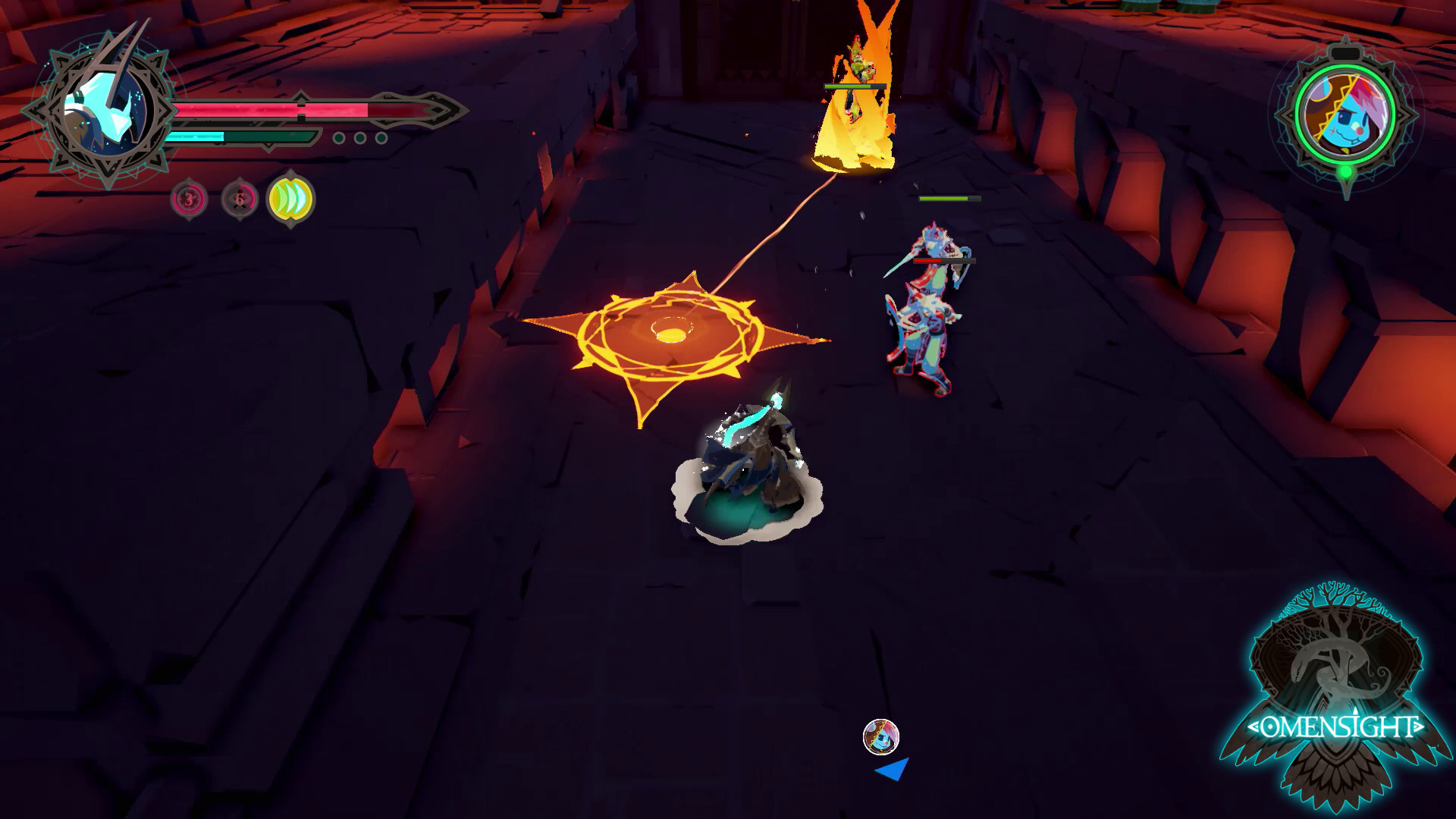Canadian indie developers Spearhead Games explain what they have to save on in order to create games quickly and without compromising quality.
In an interview with Gamasutra, co—founder Malik Boukhira, using the example of Spearhead’s latest success, the Omensight multiplatform adventure game (rated 9/10 on Steam), told how a small team was able to develop this game in just 18 months. The team has three keys to success:
1. REUSE OF GAME ELEMENTS
You need to squeeze the maximum out of each game element so that its development does not cost too much. However, this should be done in a smart way so that the player does not have the feeling that he is being tricked.
In Omensight, an open world that players explore on their own, gradually revealing the secrets of the plot. There are few narrative branches, but they are written in such a way as to encourage the player to revisit past locations and find secrets, secret passages and other details there that you don’t pay attention to at first. The same location can be included in the plot several times, the main thing is to give the player incentives to re—explore it.

Omensight
In addition, many individual elements of the game world in Omensight were borrowed from the previous title of the studio — Stories:
The Path of Destinies.
2. SIMPLE AND STYLISH APPEARANCE
Omensight looks like a comic book come to life: bright and colorful foreground elements and monotonous backgrounds. The textures of the backgrounds are used sparingly: just enough is needed so that players can distinguish, for example, the appearance of rocks or ruins — no unnecessary detail.
The forces of the art department are primarily put into creating memorable characters, they are the engine of the story.

Omensight3. SMART CAMERA
Players in Omensight can control the movement of the camera just enough to orient themselves in space, otherwise it obeys the will of the developers.
This allows, on the one hand, to create a sense of cinematography from key scenes, and on the other — to save significantly on level design.
The simplest example: if the game location is a huge cave, then the camera needs to be set up so that it never goes to the ceiling. And this means that the ceiling can not be painted at all. Thus, during the development of Omensight, it was possible to save about 30-40% of the space on the design.
The main thing, Malik points out, is to make visual solutions seem to the players themselves to be conscious level design, and not belt-tightening on the part of developers. So spectacular camera angles are more profitable than a completely free camera.

OmensightAlso on the topic:
